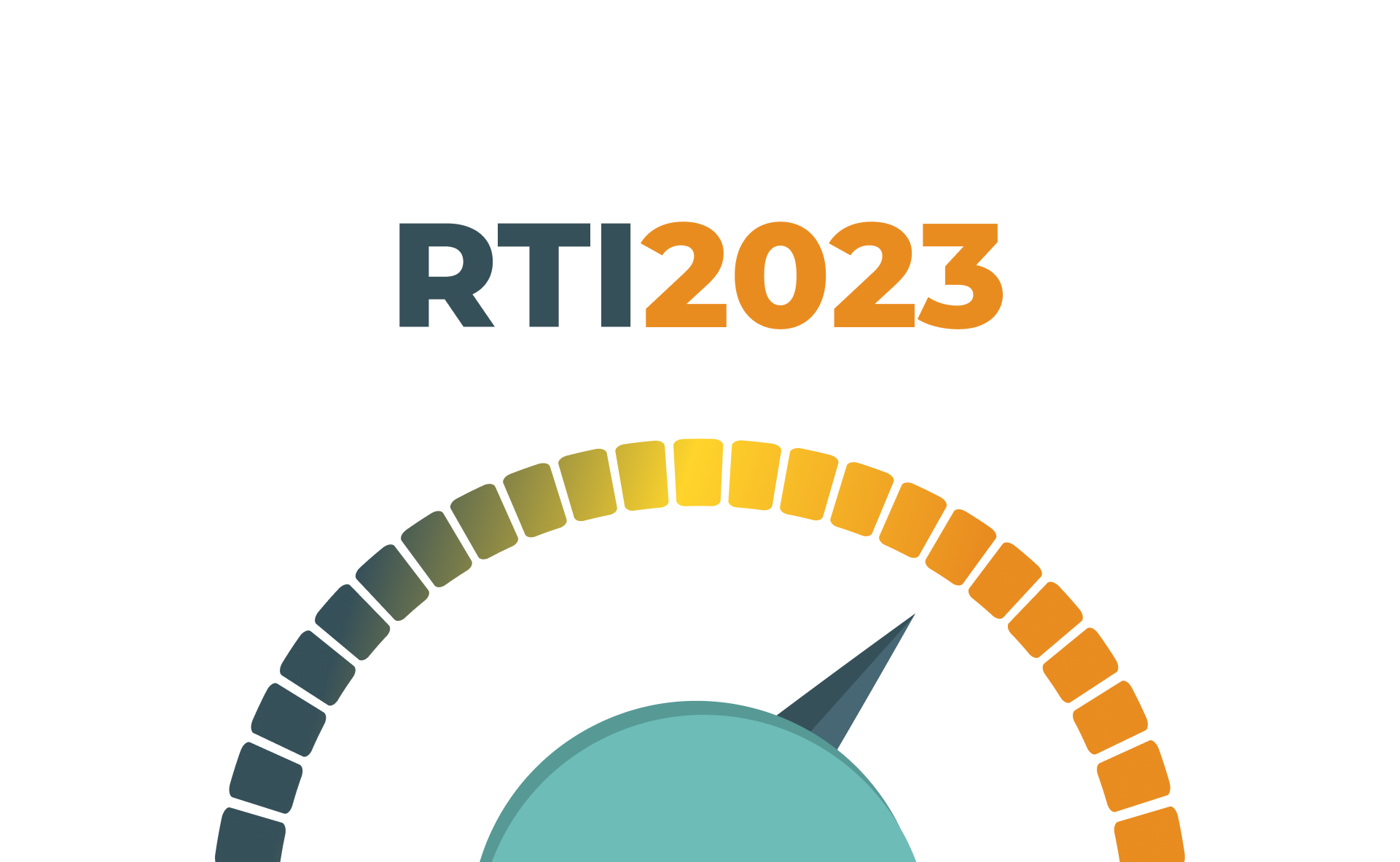When Data Fools You
When Data Fools You
The myth of determinism affects innovation in damaging ways
June 10 2020

Can data alone provide all the answers for questions of human interaction with products? Do hard numbers decide for us what works and what doesn’t in the making of successful products for real people?
We have legitimised data as a determinist source of truth that explains user intent in accordance with rules of causation: a source of truth that treats user actions as unmysterious proper events of lifeless objects.
But do the mere breadcrumbs that complex emotional processes leave behind, justify “data-drivenness”?
A new study in the journal Nature, co-led by Stanford researchers, inspired us to ponder whether data holds all the answers.
Nature’s study, published May 20, provided data in the form of brain scans of individuals performing monetary decisions. Seventy different research teams around the world analysed the data. Not only did each team analyse the data differently, but both negative and positive results were inferred from exactly the same data sets.
As co-senior author Russell Poldrack points out, “We think that any field with similarly complex data and methods would show similar variability in analyses done side-by-side with the same data set.”
At first glance, staying true to the available data might hold better value than forming passioned discoveries around the feelings that influence user behaviour. However, inferring knowledge only from that which is perceptible can prevent the counter-intuitive thinking that fuels absolutely irresistible products.
We don’t give emotions and feelings the credit they deserve when it comes to deciding what works and what doesn’t, mainly because emotions can’t be measured. Instead, the rationale of causal attribution resides behind any attempt to explain whether a digital product works.
There are many reasons to doubt data analytics and data automation, first and foremost, because in science there isn’t such a thing as absolute certainty. And absolute certainty is the basis of data-driven value. But there are many other reasons beyond uncertainty to doubt data analytics, from the limiting nature of assumptions (which involve human behaviour) to the way ideas lead to results as well as the fundamental role of chance and serendipity.
Naturally, the incorporation of feelings into the interpretation of digital value represents a discomfort to many, as it requires us to break into the realms of neuroscience, neurobiology, psychology and even philosophy and cultural history: Disciplines that on the other hand are an inevitable part of any effort to understand “users” who are, after all, “humans.”
I am not here to question the fact that there must be, for each user action, certain causes. What I am asking you to be open to, is that some of these causes –as affects, emotions and feelings– aren’t within data’s radar. And yet one must invite them and consider them in the making of irresistible digital products.










